Matthew Modoono/Northeastern University.
The innovative materials, known as thermoformable ceramics, were created by “accident” in a lab but had potential applications, including more effective and long-lasting heat sinks.
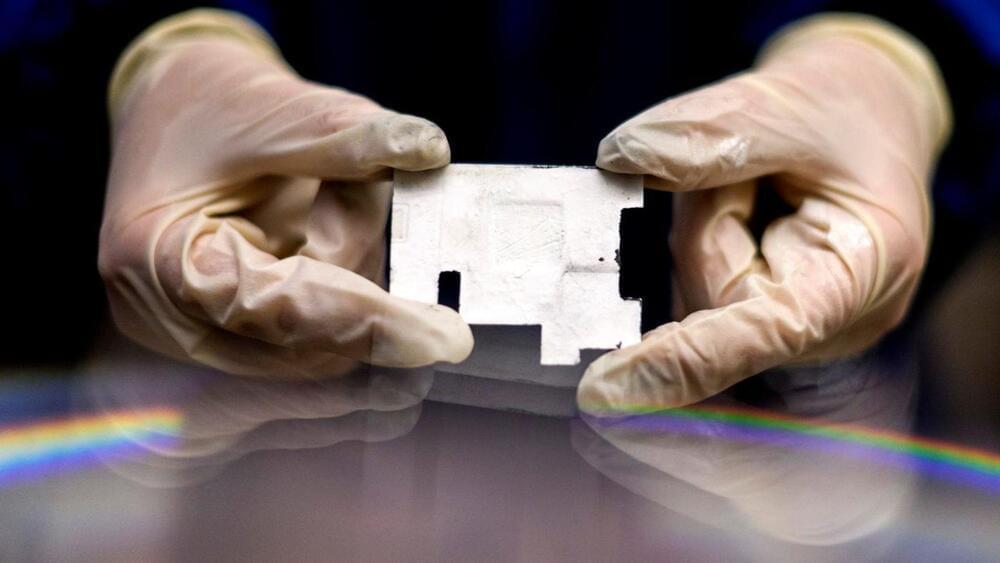
When Apple built crash detection into the iPhone 14, the company touted it as a life-saving feature. However, it’s causing some headaches for law enforcement, paramedics, and dispatchers who receive emergency calls informing them of a severe crash that never occurred.
According to The Wall Street Journal, a spate of these false positives have hit the Warren County Communications Center in Ohio since mid-September. In one such case, a King’s Island amusement park patron, 39-year-old Sarah White, rode the Mystic Timbers rollercoaster with her days-old iPhone 14 in her pocket. After the ride was over, her phone was flooded with notifications, missed calls, and voicemails from emergency services.
The iPhone registered the rollercoaster experience as a car crash and called 911, informing the police that “The owner of this iPhone was in a severe car crash and is not responding to their phone…” You can listen to the audio of the emergency call below.
At 200 times stronger than steel, graphene has been hailed as a super material of the future since its discovery in 2004. The ultrathin carbon material is an incredibly strong electrical and thermal conductor, making it a perfect ingredient to enhance semiconductor chips found in many electrical devices.
But while graphene-based research has been fast-tracked, the nanomaterial has hit roadblocks: in particular, manufacturers have not been able to create large, industrially relevant amounts of the material. New research from the laboratory of Nai-Chang Yeh, the Thomas W. Hogan Professor of Physics, is reinvigorating the graphene craze.
In two new studies, the researchers demonstrate that graphene can greatly improve electrical circuits required for wearable and flexible electronics such as smart health patches, bendable smartphones, helmets, large folding display screens, and more.
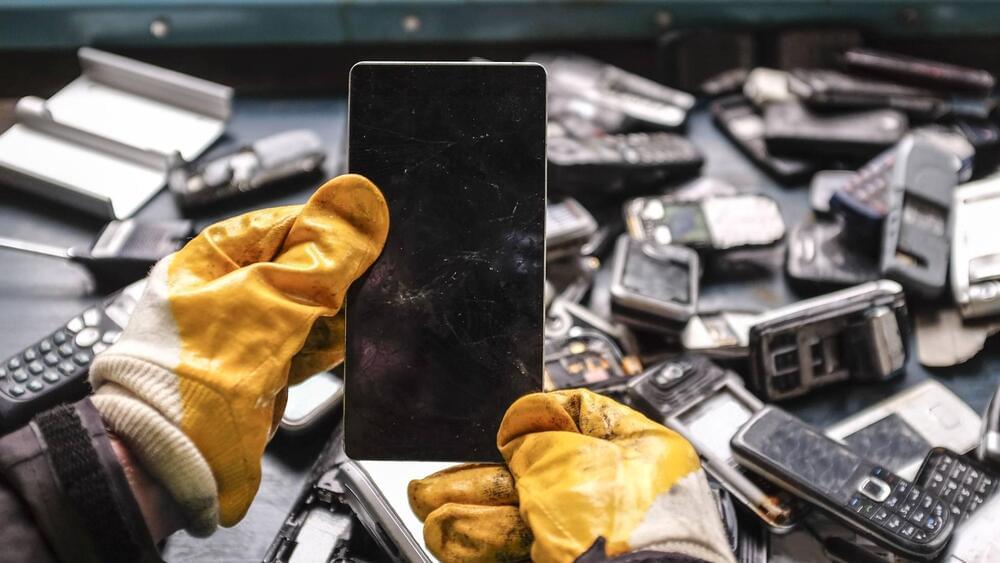
We have a serious e-waste problem, according to the international waste electrical and electronic equipment (WEEE) forum. This year alone, 5.3 billion mobile phones will go to landfills, the organization told the BBC on Friday.
Precious minerals left to waste
This means that a lot of the precious minerals that cannot be extracted from waste electronics, such as the copper in wire or the cobalt in rechargeable batteries, will have to be mined, a notoriously polluting activity.

The University of Alicante Quantum Chemistry group has predicted and published the existence of a new natural phenomenon in matter-radiation interaction, which has recently been experimentally confirmed. This finding is the subject of the review that the group’s researcher Juan Carlos Sancho García has submitted to the journal Nature, having been invited to publish in its “News & Views” section.
According to Sancho, his contribution is a successful example of how theory and simulation make it possible to advance and predict phenomena that are later confirmed by experiments, with the corresponding possible impact on the technological advances that populate society and the world today. In particular, the review reports the empirical confirmation of a prediction previously made and published by the UA team using quantum mechanics calculations. This is based on the effect of the “electronic correlation” that occurs strongly in this type of molecules studied, by which it is possible to take advantage of 100% of the energy that is emitted in the form of visible light on any screen.
The researcher explains that each of the pixels of a screen that makes up any device such as mobile phones, tablets, etc. is made up of molecules that emit the three basic colors (red, green, and blue). The battery activates these molecules to emit light (electroluminescence) so that they first reach their maximum level of “excitation” and then decay, and it is this loss of energy that results in the emission of color.
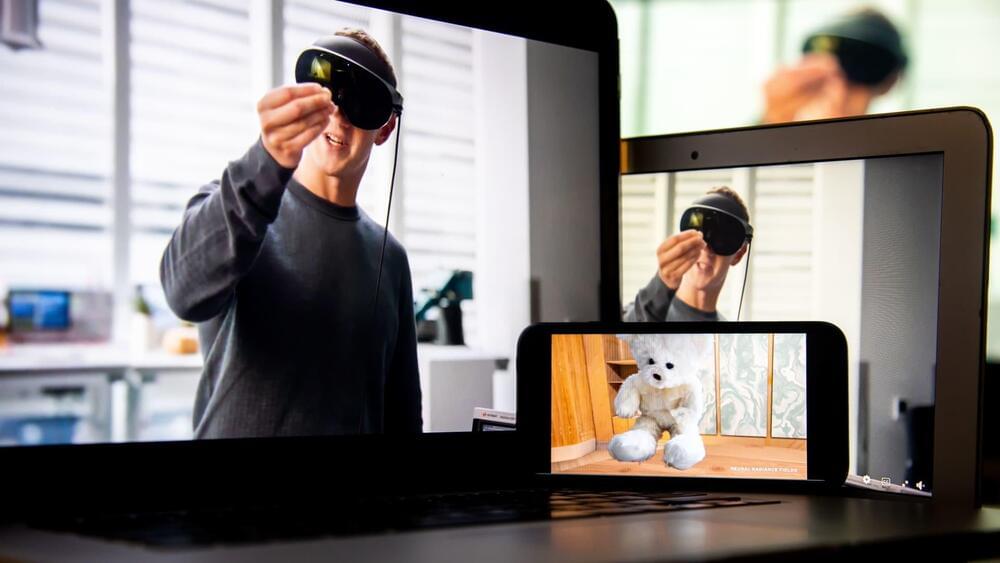
In an interview published Tuesday with The Verge, Zuckerberg said VR, the technology he bet his entire $340 billion company on a year ago, is entering “the trough of disillusionment.” That’s a term folks in the tech industry like to use when excitement around a new technology drastically wanes.
His comments effectively place expectations for the success of the new Meta Quest Pro, which goes on sale Oct. 25, at next to zero. At the same time, Zuckerberg reiterated his belief that the metaverse will be the next iteration of computing after the smartphone — it’s just going to take a long time. Specifically, he told The Verge “it’s not going to be until later this decade” when metaverse gadgets like the Quest Pro will be “fully mature.”
But Meta isn’t selling headsets later this decade. It’s selling them now, and expecting technologists and software developers to invent compelling reasons to buy one.
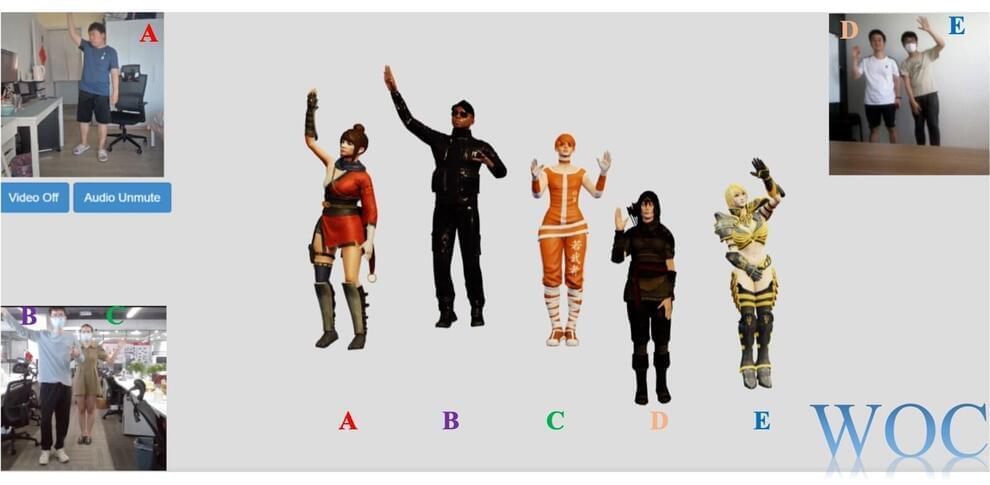
In the past few years, a growing number of computer scientists have been exploring the idea of “metaverse,” an internet-based space where people would be able to virtually perform various everyday activities. The general idea is that, using virtual reality (VR) headsets or other technologies, people might be able to attend work meetings, meet friends, shop, attend events, or visit places, all within a 3D virtual environment.
While the metaverse has recently been the topic of much debate, accessing its 3D “virtual environments” often requires the use of expensive gear and devices, which can only be purchased by a relatively small amount of people. This unavoidably limits who might be able to access this virtual space.
Researchers at Beijing Institute of Technology and JD Explore Academy have recently created WOC, a 3D online chatroom that could be accessible to a broader range of people worldwide. To gain access to this chatroom, which was introduced in a paper pre-published on arXiv, users merely need a simple computer webcam or smartphone camera.

😃
While these people were enjoying their rollercoaster ride, their phones were calling emergency services like 911.
Crash Detection, a new feature in Apple’s iPhone 14 lineup of phones as well as new Apple Watch devices, is designed to be triggered in a car crash and help the phone’s user call emergency services in case they’re incapacitated. When Apple launched the feature, it said it’s only going to work if you’re actually driving and if you experienced a crash, so simply dropping the phone or falling shouldn’t trigger it.
Going on a rollercoaster and bringing your phone with you, however, might falsely trigger Crash Detection in some cases.
According to a report by the Wall Street Journal, it has happened in several different amusement parks across the USA, including Kings Island near Cincinnati, and Six Flags in New Jersey. In a few cases, the phones placed calls to emergency services during the rides, with riders unable to do much about it until the ride was over.
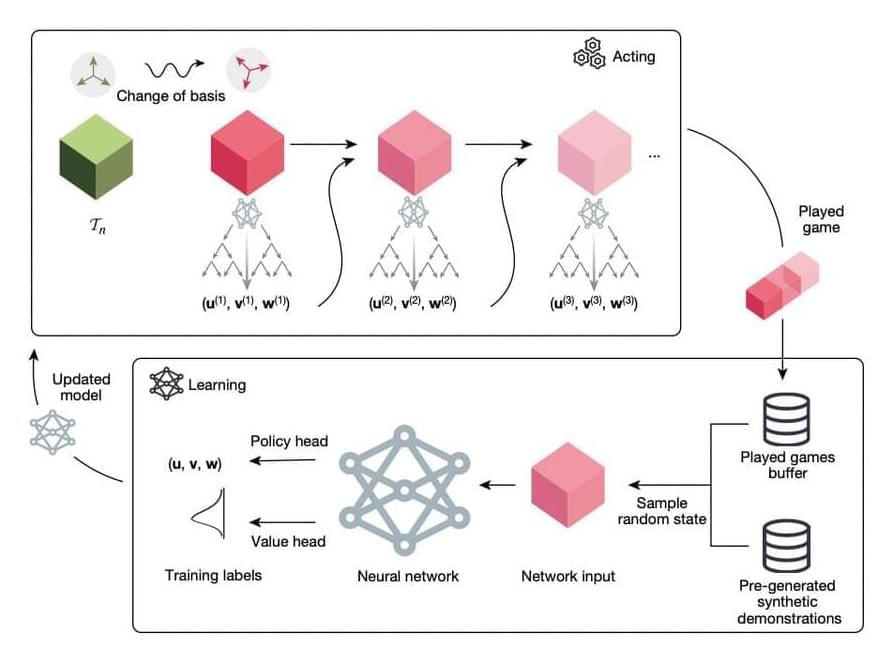
Improving the efficiency of algorithms for fundamental computations is a crucial task nowadays as it influences the overall pace of a large number of computations that might have a significant impact. One such simple task is matrix multiplication, which can be found in systems like neural networks and scientific computing routines. Machine learning has the potential to go beyond human intuition and beat the most exemplary human-designed algorithms currently available. However, due to the vast number of possible algorithms, this process of automated algorithm discovery is complicated. DeepMind recently made a breakthrough discovery by developing AplhaTensor, the first-ever artificial intelligence (AI) system for developing new, effective, and indubitably correct algorithms for essential operations like matrix multiplication. Their approach answers a mathematical puzzle that has been open for over 50 years: how to multiply two matrices as quickly as possible.
AlphaZero, an agent that showed superhuman performance in board games like chess, go, and shogi, is the foundation upon which AlphaTensor is built. The system expands on AlphaZero’s progression from playing traditional games to solving complex mathematical problems for the first time. The team believes this study represents an important milestone in DeepMind’s objective to improve science and use AI to solve the most fundamental problems. The research has also been published in the established Nature journal.
Matrix multiplication has numerous real-world applications despite being one of the most simple algorithms taught to students in high school. This method is utilized for many things, including processing images on smartphones, identifying verbal commands, creating graphics for video games, and much more. Developing computing hardware that multiplies matrices effectively consumes many resources; therefore, even small gains in matrix multiplication efficiency can have a significant impact. The study investigates how the automatic development of new matrix multiplication algorithms could be advanced by using contemporary AI approaches. In order to find algorithms that are more effective than the state-of-the-art for many matrix sizes, AlphaTensor further leans on human intuition. Its AI-designed algorithms outperform those created by humans, which represents a significant advancement in algorithmic discovery.
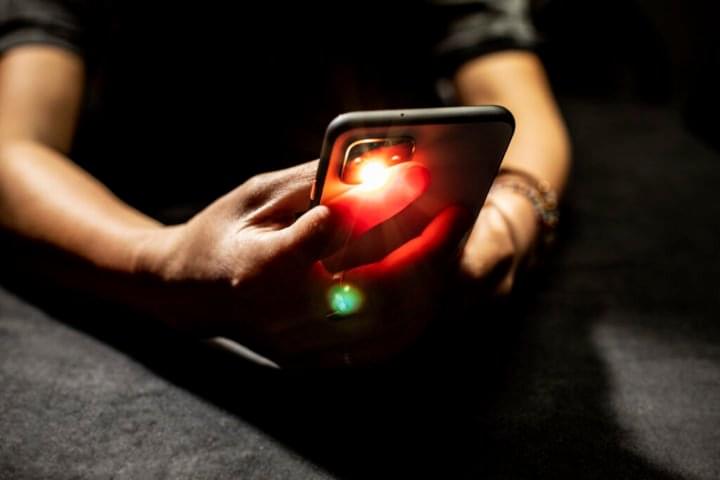
This technique involves having participants place their finger over the camera and flash of a smartphone, which uses a deep-learning algorithm to decipher the blood oxygen levels from the blood flow patterns in the resulting video.
Conditions like asthma or COVID-19 make it harder for bodies to absorb oxygen from the lungs. This leads to oxygen saturation percentages dropping to 90% or below, indicating that medical attention is needed.
In a clinic, doctors monitor oxygen saturation using pulse oximeters — those clips you put over your fingertip or ear. But monitoring oxygen saturation at home multiple times a day could help patients keep an eye on COVID symptoms, for example.